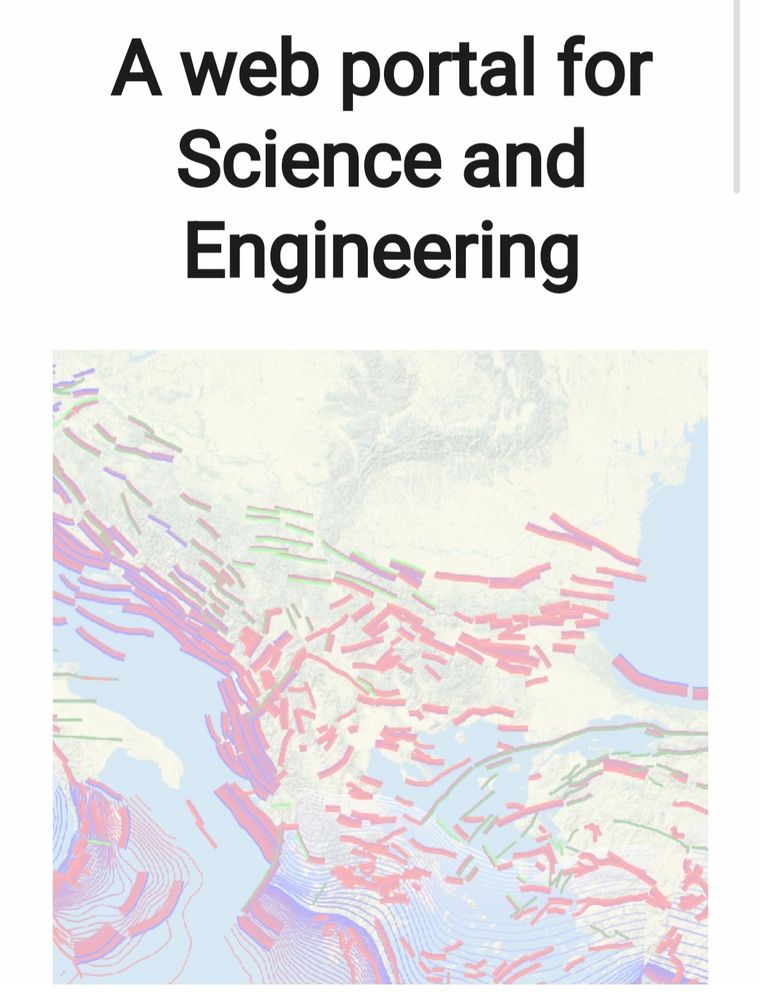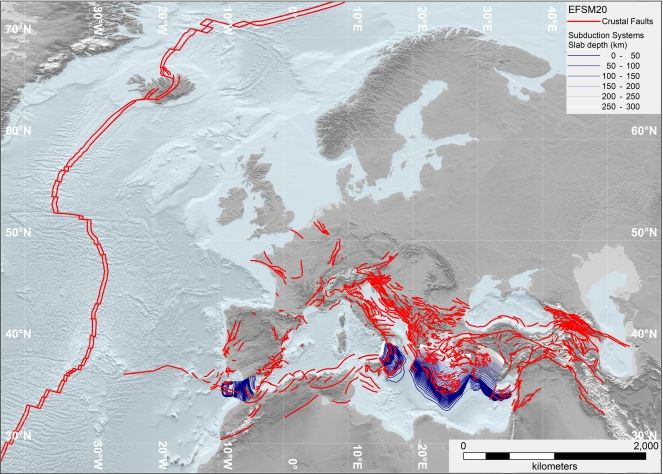
Seismofaults
@seismofaults.bsky.social
43 followers
38 following
6 posts
Seismogenic faults data repositories, data and metadata publication, in the framework of EPOS (European Plate Observing System)
https://seismofaults.eu/
Posts
Media
Videos
Starter Packs
Reposted by Seismofaults









